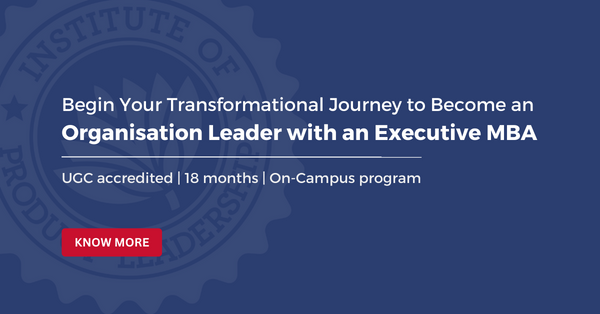AI is integral to modern product development, facilitating various key functions. It enables iterative design by analyzing real-world feedback swiftly, ensuring products align with evolving consumer preferences. AI-driven insights aid in understanding user demographics, needs, and behaviors, allowing for tailored product offerings. Additionally, AI powers rigorous testing and validation processes, simulating user interactions and optimizing product features for enhanced user experiences. Overall, AI streamlines decision-making accelerates development cycles, and fosters innovation across all stages of product development.






